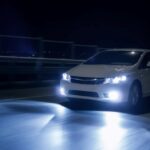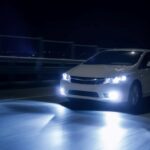While your vehicle’s stock lights are good enough for illuminating your way when you’re on the road, once you step off the beaten trail, you might need more illumination to make sure you stay safe. 4×4 off road lights are some of the most sought-after accessories for enthusiasts looking to journey through the vast Australian outback. These lights are usually activated by a separate switch, and they aren’t linked to your high beams. Additionally, they shouldn’t be used for driving on the road as they may blind oncoming drivers.
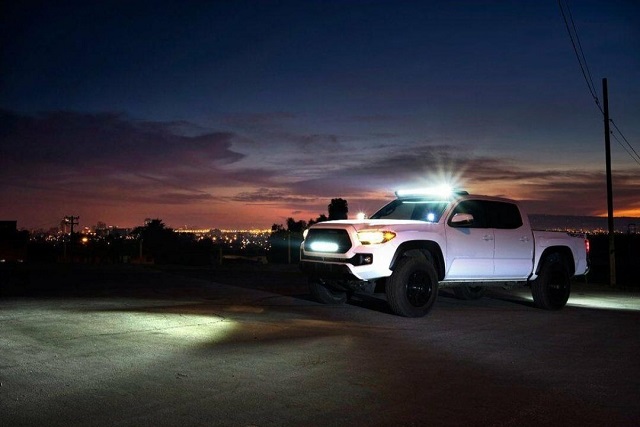
Off road lights can be either mounted on your stock or off-road bumper or on the roof rack. Quality 4×4 off road lights are usually equipped with LED bulbs, and hiring a professional to install them can be costly. Luckily, installing them is not a very complicated process and you can do that yourself as long as you have some free time and some basic tools on your hands.
So, how to install off road lights on roof?
You may need to buy a light-mounting bar to place on the roof as some off road lights come with one, but others don’t. Further, most auxiliary driving lights come in a kit of fitting hardware, a wiring loom and two lights. Halogen lights are the cheapest, but they aren’t as durable and don’t illuminate as much as LED lights. If the lights you buy don’t come with a wiring loom, you can buy one from an automotive store. Alternatively, you can assemble a fuse, dashboard switch and relay for the recommended size of the light you get. A T-piece connector and enough wire to reach from the car’s battery to your dashboard and then to the auxiliary driving lights will also be needed.
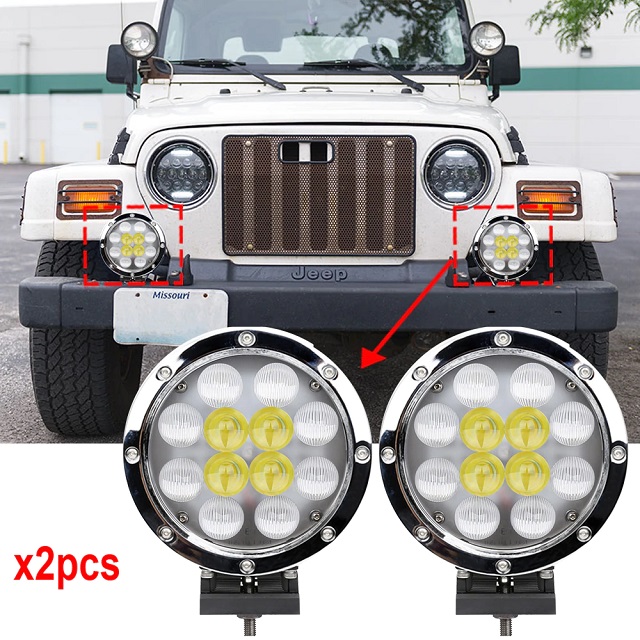
To fit the new lights, you’ll need a suitable place on the dashboard for the on/off switch. Most vehicles feature a compartment for mounting the switch, but you may have to drill a hole in the dash. Once you’ve done that, mount the relay in the engine bay and place it as close to the battery as you can, while making sure you avoid the engine’s hot spots and areas of excessive exhaust. Use the preexisting holes or drill one yourself to mount the relay. Next, run the ground wire from the relay to the earthing point or chassis while making sure you get a good connection by filing off any rust, grit and paint from the earthing point.
Run a wire from the terminal on the dashboards witch via the firewall to the high-beam wire on the vehicle’s headlamp, and use the T-piece connector to join the wires. Then, run the appropriately coloured wire out of the relay via the firewall to the other terminal on the switch. Once you’ve done that, run the wire from the relay to the off road lights. Each light should also run a ground wire connected to the chassis or the earthing point. Then you’ll need to run the battery wire from the battery to the relay with a fuse.
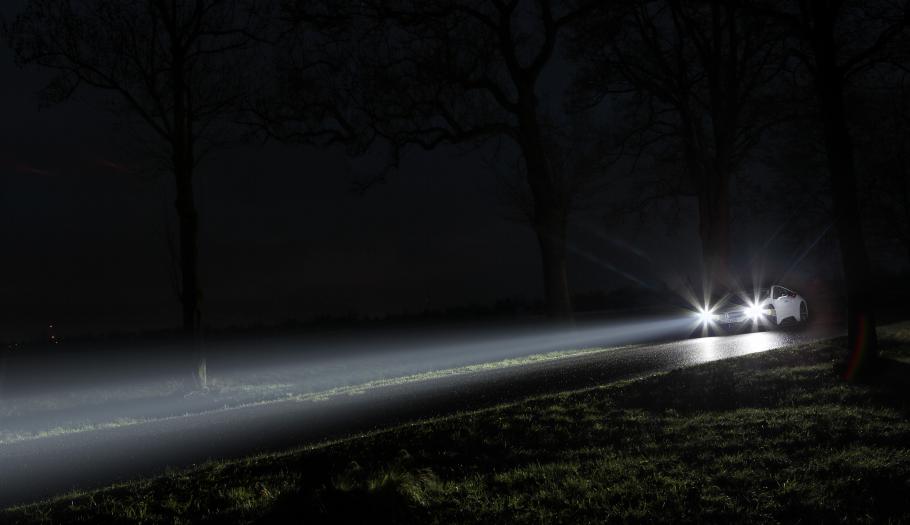
You’re pretty much done now, just test to check whether your driving lights work on high beam, and test the operation of the switch. Lastly, adjust the beams. That’s best done when it’s dark so you can get an idea of the appropriate position of the lights for the best visibility. Find a long and quiet road and keep adjusting the height of the beams until you get them where you want them. Tighten the adjusting bolts and you’ll be done. This simple task will save you money, provide you with some DIY satisfaction, and it will help you become more familiar with how your vehicle works.
So what is the best LED light bar for off roading? The best lights are those that have both a spot and a flood beam. You’ll have to determine your usage in order to get the ideal lights, and while there are thousands of different manufacturers out there, look for one that’s reputable. How do you know which ones are reputable? Well, just see what off-road racing and rally teams use. However, lights made from those manufacturers may be too expensive, so if that’s the case, and you know you won’t use them frequently, just get something that’s within your budget.
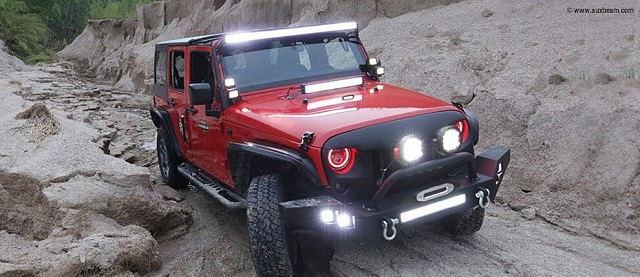
Your stock driving lights, which are most likely halogen, are usually rated in power usage or watts, and the higher the watts – the brighter the illumination. Off road 4×4 lights, on the other hand, are typically rated in lumens. Keep in mind that off road 4×4 lights may be too bright for road driving, so you may have to check your local laws to make sure they’re street legal before installing them.

